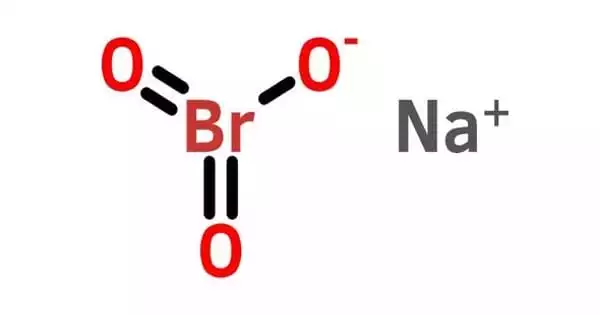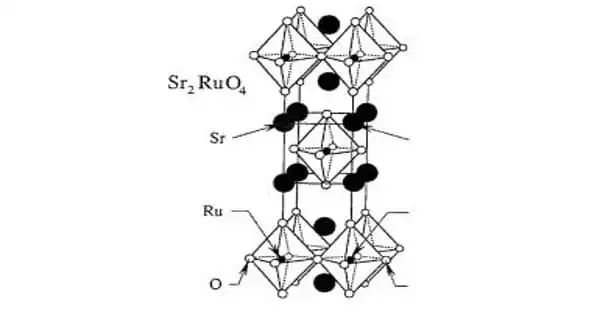Lanthanum carbide, or LaC2, is a chemical compound. It is being investigated in relation to the production of specific types of superconductors and nanotubes. It is a chemical made up of lanthanum (La) and carbon. It is a carbide, a type of combination created by combining carbon and a less electronegative element. Lanthanum is a rare-earth element that, when coupled with carbon, produces lanthanum carbide, commonly abbreviated as LaC_x.
Preparation
LaC2 can be made by reacting lanthanum oxide, La2O3, with carbon in an electric furnace or by melting the elements in an arc furnace. It can be manufactured in a variety of ways, most notably by reacting lanthanum metal with carbon sources under controlled conditions.
Direct Reaction Method: Lanthanum metal or lanthanum oxide (La₂O₃) can react directly with graphite (carbon) at high temperatures (usually above 2000°C). The reaction is exothermic, requiring a regulated atmosphere to prevent lanthanum oxidation and assure complete conversion to lanthanum carbide.
Properties
Lanthanum carbide is a hard substance with a high melting point, as is normal for carbides. It is usually black or dark gray in color. LaC2 interacts with water to produce acetylene, C2H2, and a variety of complicated hydrocarbons. LaC2 is a metallic conductor, unlike CaC2, which is an insulator. The crystal structure of LaC2 reveals that it comprises C2 units with a C-C bond length of 130.3 pm, which is longer than the C-C bond length in calcium carbide, 119.2 pm, and similar to that of ethyne. LaC2’s structure is La3+C22−(e-), with electrons entering the conduction band and antibonding orbitals on the C2 anion, resulting in increased bond length. This is analogous to the bonding present in the nitridoborate, CaNiBN.
- Chemical formula: LaC2
- Molar mass: 162.927 g/mol
- Appearance: tetrahedral crystals
- Density: 5.29 g/cm3, solid
- Melting point: 2,360 °C (4,280 °F; 2,630 K)
Applications
Lanthanum carbide, like other carbides, can have industrial applications. It may be used in materials science and engineering contexts, such as in cutting tools or as a component in certain alloys. Its specific properties, such as hardness and resistance to high temperatures, contribute to its utility in these applications.
















